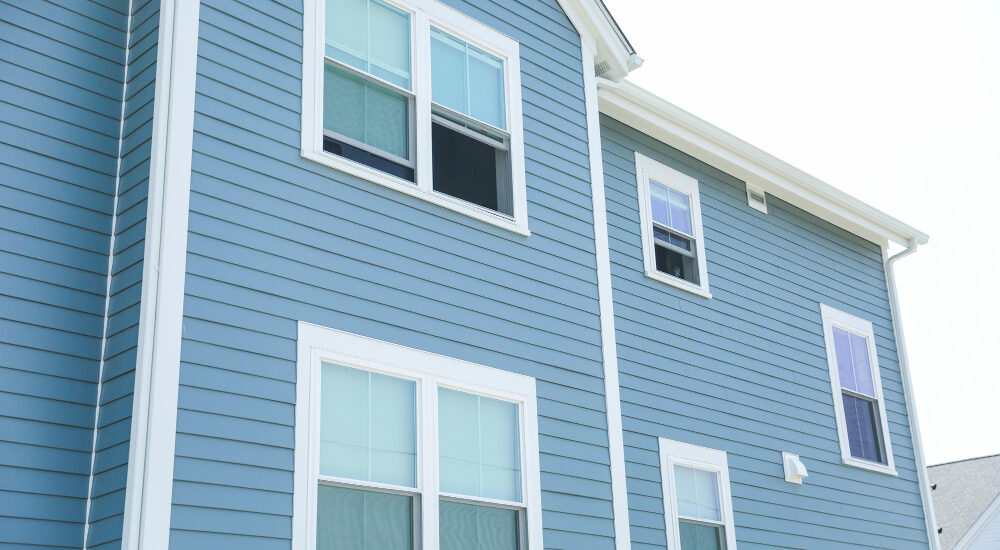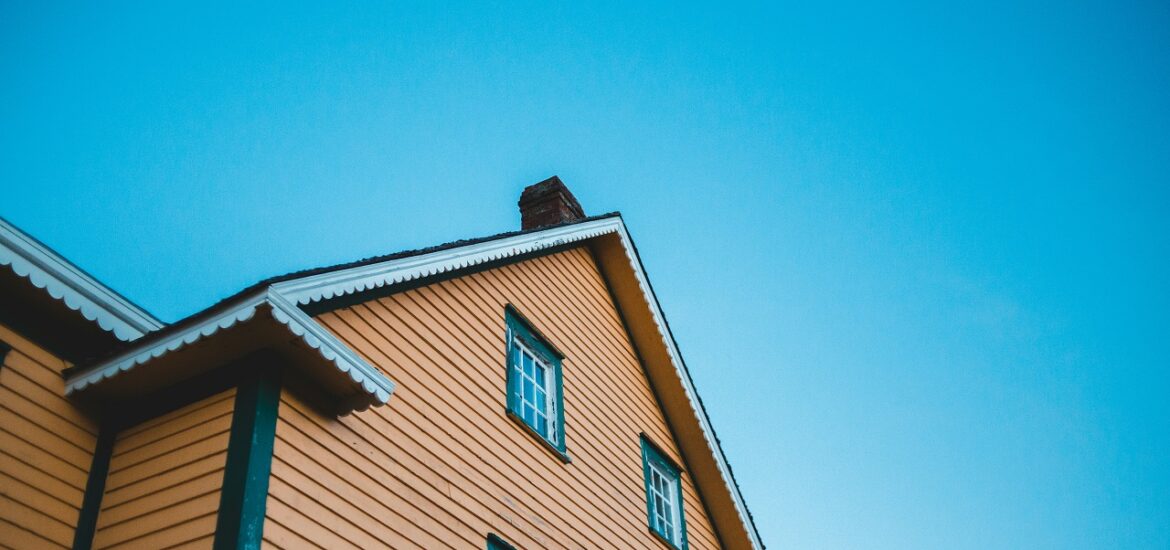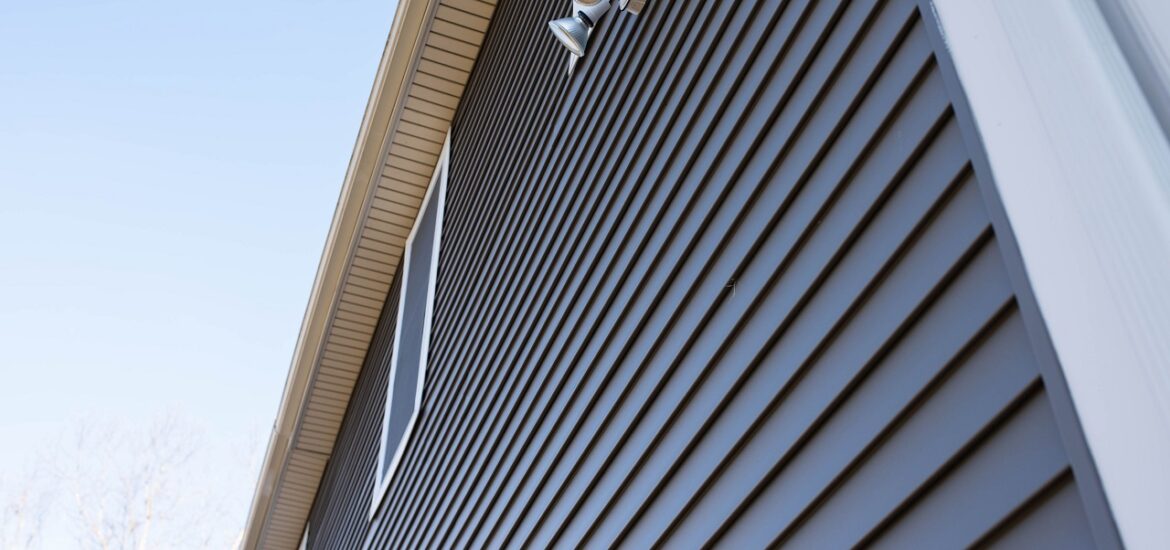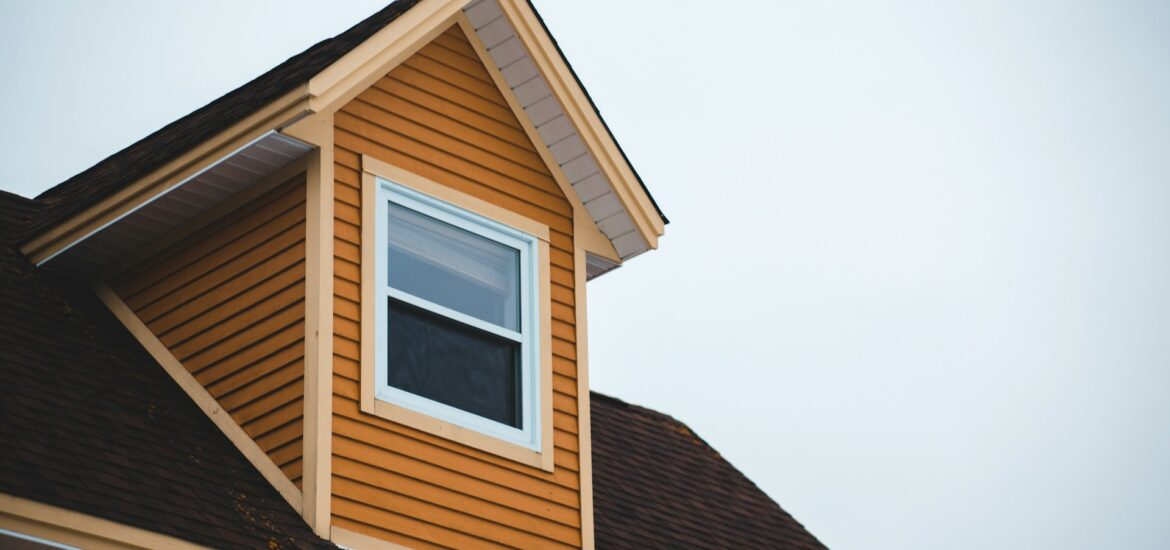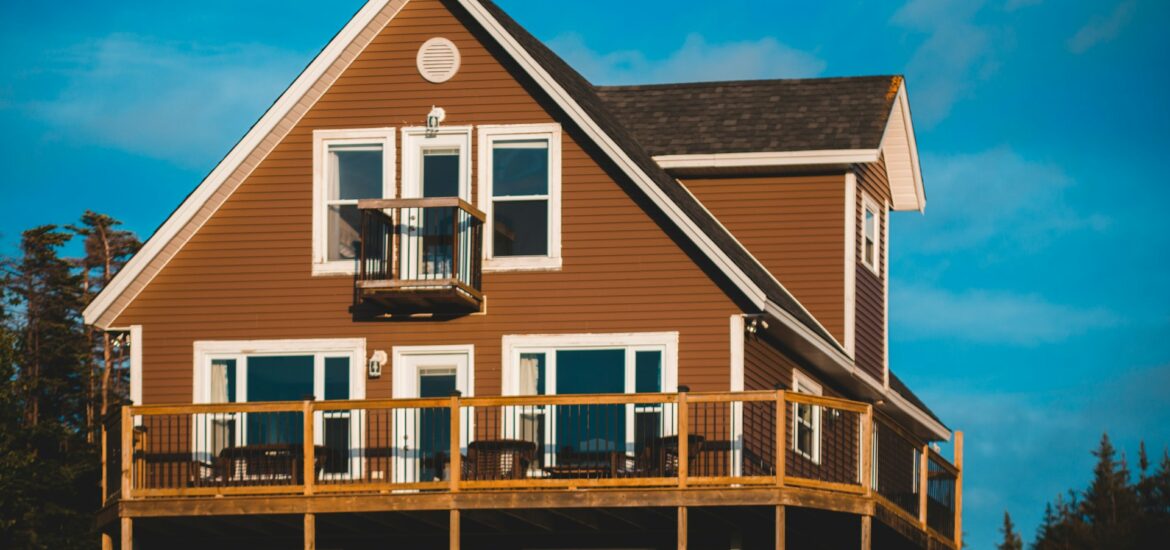Picture a sunny afternoon where a couple stands admiring their freshly renovated home. Their eyes radiate pride and excitement as they admire the fresh painting along with the renovated features. They know they’ve made a wise investment.
New home siding, including stucco, has transformed the house.
Beyond mere aesthetic appeal, quality home siding offers enhanced durability and energy efficiency, bringing a renewed sense of confidence and comfort.
Choosing the Right Home Siding Material for Your Home
Choosing the right siding material involves understanding the nuances of various siding options.
In 2016, Consumer Reports, a trusted consumer advocacy organization, provided detailed insights into different home siding materials. Their comprehensive analysis highlighted the pros and cons.
Indeed, it’s not just about selecting what looks appealing. Homeowners must consider the material’s durability, maintenance needs, and capability to withstand local climate.
Whether one opts for vinyl siding, fiber cement, wood, or another material, it’s crucial to evaluate how the siding will age, handle weather extremes, and meet personal design preferences.
This informed decision-making process will ensure the chosen siding material enhances the home’s beauty, protection, and value.
Enhancing Curb Appeal with New Cladding
Transforming a home’s exterior with new cladding can dramatically elevate its aesthetic appeal, making its facade stand out in the neighborhood.
Investing in quality siding boosts a home’s visual attractiveness.
This upgrade isn’t merely cosmetic; it can significantly influence a home’s market value, creating a lasting impression on potential buyers, visitors, and even passersby.
Homeowners will find that incorporating modern cladding options, including stucco and vinyl siding, and combining them with painting, with their wide range of colors, textures, and materials, provides endless possibilities for customization. By embracing new cladding, they unlock the door to both contemporary elegance and timeless charm that can redefine the facade and essence of their home.
Maintenance Strategies for Longevity
Proper maintenance of home siding significantly enhances its durability and maintains the aesthetic value over time.
Homeowners can start by conducting regular inspections.
These inspections should identify any signs of wear, damage, or potential issues that may need immediate attention, ensuring early intervention.
Furthermore, by committing to routine cleaning, ensuring gutters are clear of debris, and applying protective coatings as needed, they can protect siding from environmental degradation. Embracing these best practices ensures that their home’s exterior remains vibrant and resilient for years to come.
Cost Considerations and Budget Planning
When considering home siding, careful cost analysis and budget planning are essential for success.
Individuals should start by estimating the overall expenses.
This estimate must include material costs, labor fees, and potential hidden costs like permit fees. By investing time in thorough research, homeowners can create a comprehensive budget that aligns with their financial capacity.
Budget planning empowers individuals to make informed decisions, ensuring they achieve the desired aesthetic without overspending. It is wise to seek quotes from multiple contractors, consider financing options if necessary, and prioritize value and durability over initial savings. This strategic approach ensures a beautiful, lasting transformation for their home’s exterior.
Benefits of Updating Your Home’s Exterior
Updating a home’s facade, such as through painting, offers the opportunity to make a significant visual impact, which in turn, elevates curb appeal.
Increasing curb appeal not only enhances personal pride but also raises property value.
Modern materials and designs, including vinyl siding and stucco, offer a range of possibilities that transform the look and feel of a residence, encapsulating beauty, innovation, and conscious design in one harmonious blend.
Moreover, updated home siding provides enhanced insulation, reducing energy costs while contributing to a more sustainable living environment. This dual benefit exemplifies how thoughtful exterior renovations can lead to practical improvements in daily living and long-term environmental stewardship.
Easy Maintenance Tips for Long-Lasting Results
Regular inspections are essential in prolonging the lifespan of home siding. By spotting issues early, homeowners can address minor concerns before they become major problems, resulting in a well-maintained and attractive exterior.
Clean the siding twice a year to prevent mold and dirt buildup.
Use a mild detergent and a soft brush or sponge. Avoid using abrasive cleaners that can damage the surface.
Trim vegetation around the house to prevent moisture accumulation on the siding.
Check for and repair any cracks or gaps promptly to prevent water damage, ensuring the integrity of your home’s exterior.
By implementing these simple maintenance routines, homeowners will enjoy a beautiful, durable, and well-preserved home siding that stands the test of time.
James Hardie Siding: A Premier Choice for Homeowners
James Hardie siding stands as a premier choice for homeowners seeking to elevate their home’s exterior with a blend of durability, aesthetics, and innovation. Renowned for its fiber cement composition, James Hardie siding offers unparalleled resistance to the elements, ensuring that homes remain protected against harsh weather conditions, pests, and fire.
One of the standout features of James Hardie siding is its exceptional durability. Unlike traditional wood or vinyl siding, fiber cement is engineered to withstand the test of time, providing homeowners with a long-lasting solution that requires minimal maintenance. This resilience translates into significant cost savings over the years, as the need for frequent repairs or replacements is drastically reduced.
Aesthetically, James Hardie siding offers a diverse range of styles, textures, and colors, allowing homeowners to customize their exterior to match their vision. Whether aiming for a classic, timeless look or a modern, sleek design, James Hardie provides options that cater to every architectural preference. The ColorPlus® Technology ensures that the vibrant hues remain intact, resisting fading and chipping, which further enhances the home’s curb appeal.
Moreover, James Hardie siding is an environmentally responsible choice. The company prioritizes sustainable practices in its manufacturing process, utilizing raw materials that are abundant and responsibly sourced. This commitment to sustainability not only benefits the environment but also aligns with the values of eco-conscious homeowners.
In conclusion, James Hardie siding represents a smart investment for those looking to transform their home’s exterior. With its superior durability, extensive design options, and commitment to sustainability, it stands out as a top-tier option that promises to enhance both the beauty and value of any home.


